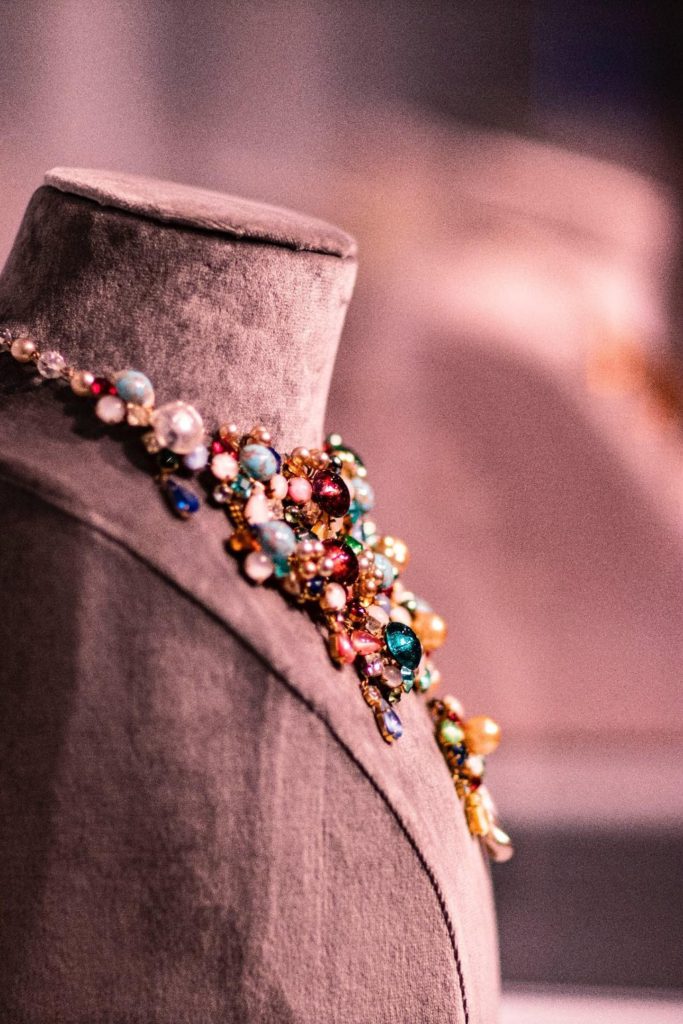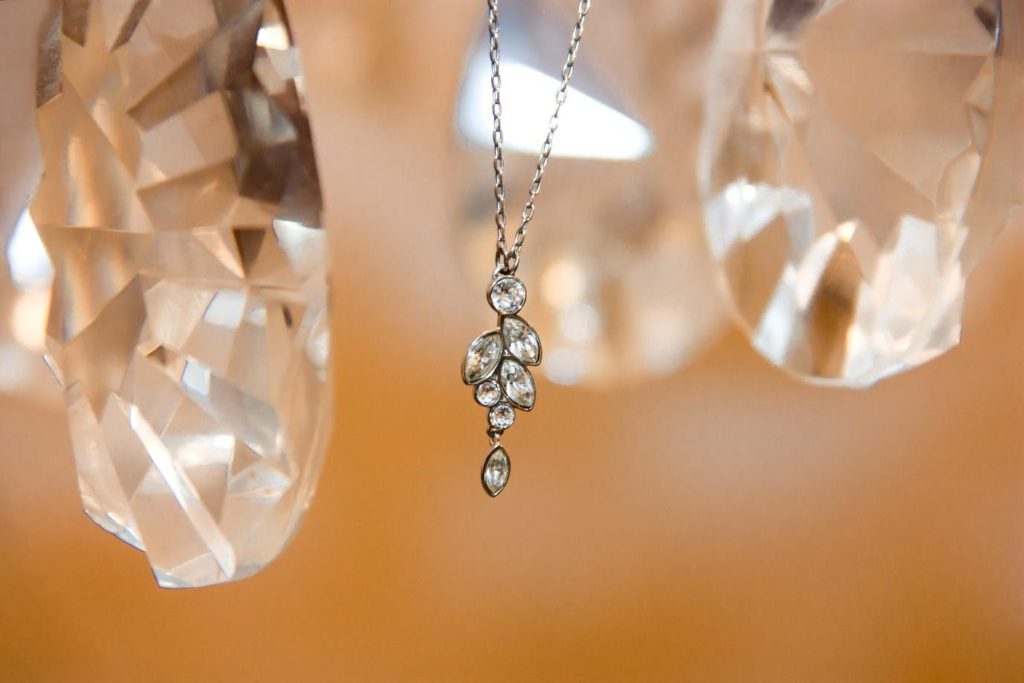Whatever your motivation for photographing jewelry, the gleaming gems will provide unique obstacles. For one thing, they’re gleaming, and they’re small enough to have intricate, elaborate patterns. Their silver, gold, dazzling, transparent surfaces, as well as the diversity of hues they come in, can be difficult to light. Even more difficult is avoiding flare, reflection, hot spots, and well, you get the idea. You either have it or you don’t.
The good news is that none of these matters because there is a fundamental method to jewelry photography that yields stunning results with a little planning.
To demonstrate our point, we invited commercial photography extraordinaire Austin Dole to put his skills—along with a Nikon D810 DSLR, a pair of SB-900 Speedlights, a few lenses, and a few basic accessories—to work turning treasures into appealing photographs with minimal trouble.

A Smaller Room
Controlling the light, you’ll need to illuminate your objects is important to producing amazing results, and the simplest method to do it is to restrict it to a restricted location. Getting a light tent is the best way to achieve this. The light will be softened and diffused, and the effects will be constant. A Google search for that piece of equipment will yield a plethora of options. Austin utilizes a Photek Digital Lighthouse Shooting Tent from a previous generation. It had white Plexiglas and black fabric insert bases and measured 18x18x27.5 inches. “I recommend a light tent with a big entrance, regardless of brand,” Austin explains, “so it’s simple to place your camera and lens.”
Keep Things Clean
Dust, grime, debris, smudges, and fingerprints must be removed from the jewelry. When you’re shooting close to a subject, every stray bit of anything will show up when you look at the photographs on a monitor or in print. “When photographing jewelry, canned air is one of the most critical things to have,” Austin adds. “Also useful is a soft, lint-free microfiber cloth. First, I use the cloth, followed by a blast of air. And I still go over each photograph in post-production to see whether it needs a little Photoshop sprucing up.”

Position is Everything
That is the location of the Speedlights. Austin’s ideal positioning, which he got at through a combination of expertise and experimenting, may be seen in the accompanying setup photographs. He explains, “It’s natural to have some top light and some sidelight.” Test photos will demonstrate how the placement of one or two Speedlights affects the image quality. “Using two lights will give the piece of jewelry more dimension and change how the shadows fall on the contours and curves of each item.” Basically, it’s a case of trial and error until you start to achieve the results you like, at which point you’ll have a foundation to work with. The way the light falls on a segment or component of the jewelry, and how it highlights the item, is what will make the piece stand out.
The position is Everything, Part 2
Then there’s the angle at which the camera and lens are positioned with regard to jewelry photography. You have more alternatives with a light tent with a huge entrance. “I want a lot of wiggle space on the camera and lens location,” Austin explains, “so I can find the most attractive viewpoint and one that allows me depth-of-field options.” If I’m looking at an opaque piece of jewelry, it will appear more appealing to me if it’s shot sharply from front to back. If the jewelry has any transparency, the camera will be positioned lower to allow the piece’s color and translucency to shine through and offer an additional impact. Click here to read about Jewelry Photography Equipment You Must Have.
Make Arrangements.
Austin will move the tripod-mounted camera once the jewelry is inside the light tent. “I’ll move up and down, this way and that until I find a comfortable posture. Then I’ll lock the camera down and begin arranging and maneuvering the jewels into a symmetrical, appealing stance with a pair of tweezers. I don’t attempt to do both at the same time—maneuver the camera and the jewels. I first set up the camera and viewpoint, then tweak the jewelry.” That stated the camera may need to be adjusted towards the conclusion of the jewelry arrangement. In some cases, Austin can leave the camera locked down for the next item, but it’s likely each piece is best served by its own camera position and angle. “You do whatever the item requires; you’ll see what works best.”
Lens Choice
For these shots, Austin utilized his AF-S Micro NIKKOR 60mm f/2.8G ED and AF-S VR Micro-NIKKOR 105mm f/2.8G IF-ED, which he likes for close-up photography. They have a decent working distance (the distance between the lens front and the subject you’re photographing) and a 1:1 (life-size) reproduction ratio. Both manual and autofocus modes were employed by him. “I tended to focus on the real close-ups and the tiny single items, such as earrings, manually.” They’re bigger in the frame, so critical attention is simpler to accomplish. I used autofocus for the somewhat larger views where I could choose the focus point—typically it’s more accurate than manual, especially when I’m focused on composition and lighting.
Keep It Simple
Placing jewelry on wood, metal, glass blocks, or other props, at least at first, can result in some truly fascinating photographs, but adding anything to your jewelry sets adds complication. Before going on, it’s important to start with the basics and master them. “Adding objects create more intricate lighting,” Austin explains. “Jewelry has a surface that you light for; if you add another surface, you’ve added another texture, and you’ll probably need to move the lights about or add more Speedlights to the setup.”

Final thoughts
The goal of every jewelry photography is to ensure that the jewelry photos are attractive enough to make sales. In an interview with Austin a commercial photographer, you must have learned a thing or two about how to take your jewelry photography to another level.